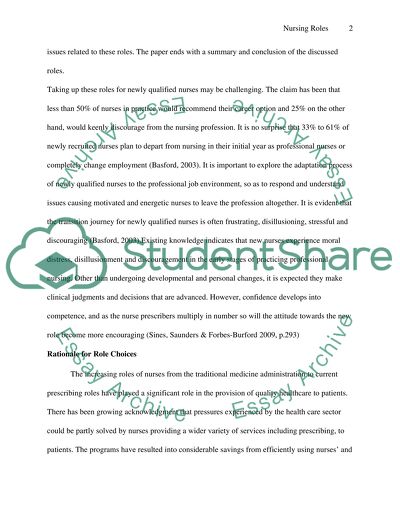Cite this document
(“Role and responsiblity of newly qualified nurse Essay - 1”, n.d.)
Retrieved from https://studentshare.org/environmental-studies/1411209-role-and-responsiblity-of-newly-qualified-nurse
Retrieved from https://studentshare.org/environmental-studies/1411209-role-and-responsiblity-of-newly-qualified-nurse
(Role and Responsiblity of Newly Qualified Nurse Essay - 1)
https://studentshare.org/environmental-studies/1411209-role-and-responsiblity-of-newly-qualified-nurse.
https://studentshare.org/environmental-studies/1411209-role-and-responsiblity-of-newly-qualified-nurse.
“Role and Responsiblity of Newly Qualified Nurse Essay - 1”, n.d. https://studentshare.org/environmental-studies/1411209-role-and-responsiblity-of-newly-qualified-nurse.


